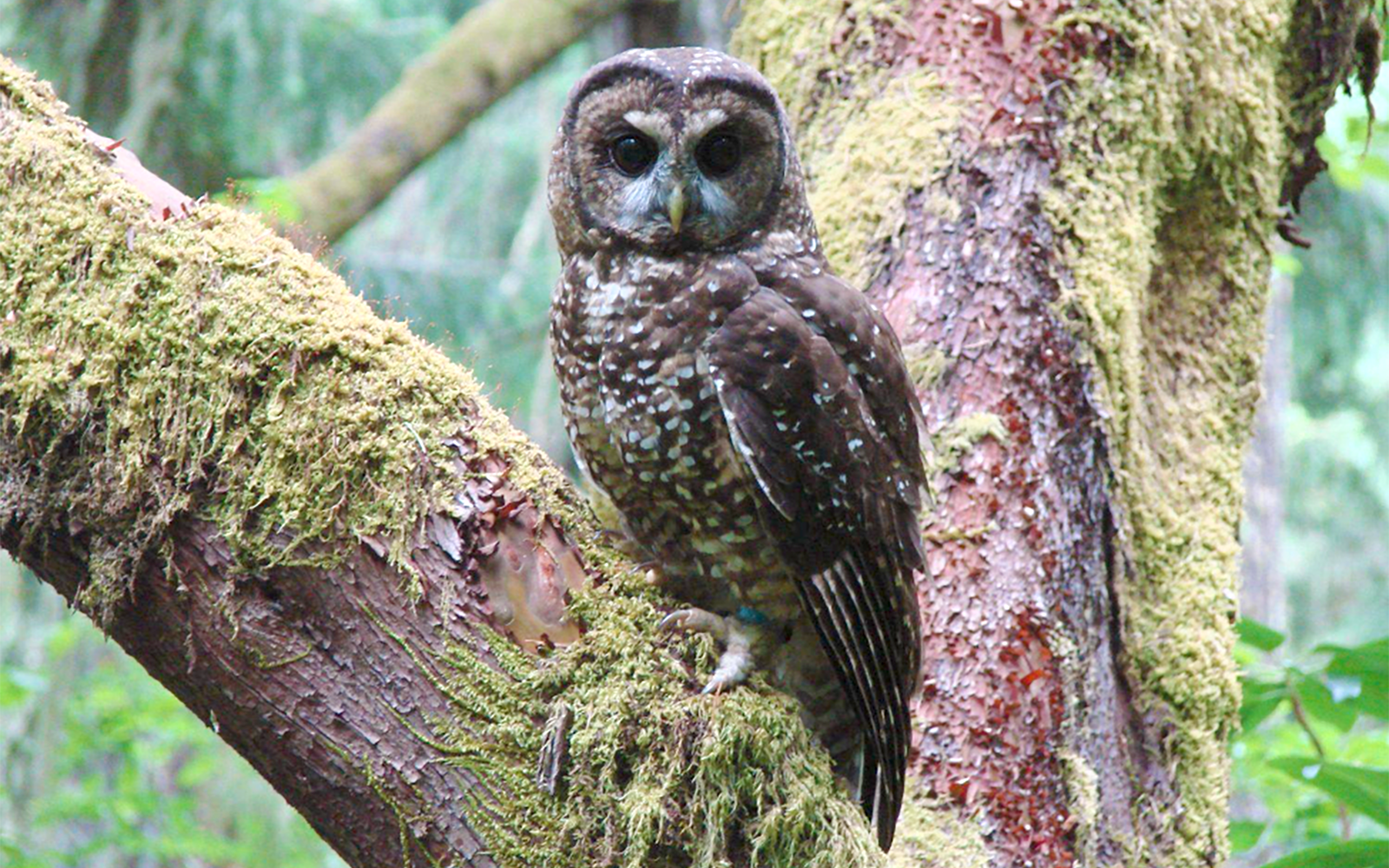FOR IMMEDIATE RELEASE
April, 10, 2023
Contacts:
Nick Cady, Legal Director, Cascadia Wildlands (541) 434-1463 nick@cascwild.org
George Sexton, Conservation Director, KS Wild (541) 778-8212 gs@kswild.org
Meriel Darzen, Attorney, Crag Law Center (503) 525-2725 meriel@crag.org
Doug Heiken, Conservation and Restoration Coordinator, Oregon Wild (541) 344-0675
dh@oregonwild.org
Medford, Oregon — Today a coalition of conservation organizations filed a legal complaint challenging the Bureau of Land Management’s (BLM) “Integrated Vegetation Management” (IVM) program that would aggressively log forest stands located within Late Successional Reserves, areas purportedly set aside for forest conservation. In particular, IVM authorizes so-called “gap creation” and “open seral” logging prescriptions within mature and old-growth forests that are fire-resilient and provide important habitat at-risk wildlife species.
“BLM timber planners can dance around it all they want,” said George Sexton, KS Wild Conservation Director, “but it’s crystal clear that gap creation logging creates clearcuts that remove habitat and increase fire hazard.”
The first commercial IVM logging project called Penn Butte is scheduled to be auctioned off in late May. Penn Butte is located in the Williams Late Successional Reserve and would remove over 400-acres of old-growth habitat through “open seral” logging and another 51 acres through “gap creation” clearcutting.
“The BLM sidestepped its procedural duties and cut the public out of the process when it decided to approve thousands of acres of large tree logging without explaining where the logging will occur and how it would affect existing forests in the short and long-term” stated Crag attorney Meriel Darzen. “This is particularly egregious where these particular forests were set aside by the agency itself as reserve lands with the goal of protecting habitat.”
The US Fish and Wildlife Service Biological Opinion for Penn Butte concluded that the proposed old-growth logging is “likely to adversely affect” spotted owls and their designated critical habitat.
“The forests targeted for removal in Penn Butte are resilient, healthy, and most important they are designated as reserves for conservation, not timber supply,” said Doug Heiken, Conservation and Restoration Coordinator for Oregon Wild. “If we want to store carbon and provide habitat this is the place for careful conservation, not aggressive logging.”
“If the BLM is interested in real fire-focused restoration, we would be fully supportive,” stated Cascadia Wildlands Legal Director Nick Cady, “but aggressively logging wildlife habitat in the Late Successional Reserves that will increase fire hazard for the surrounding community is ridiculous. It demonstrates that this agency does not care what this community has been through and is only concerned with producing timber volume.”

